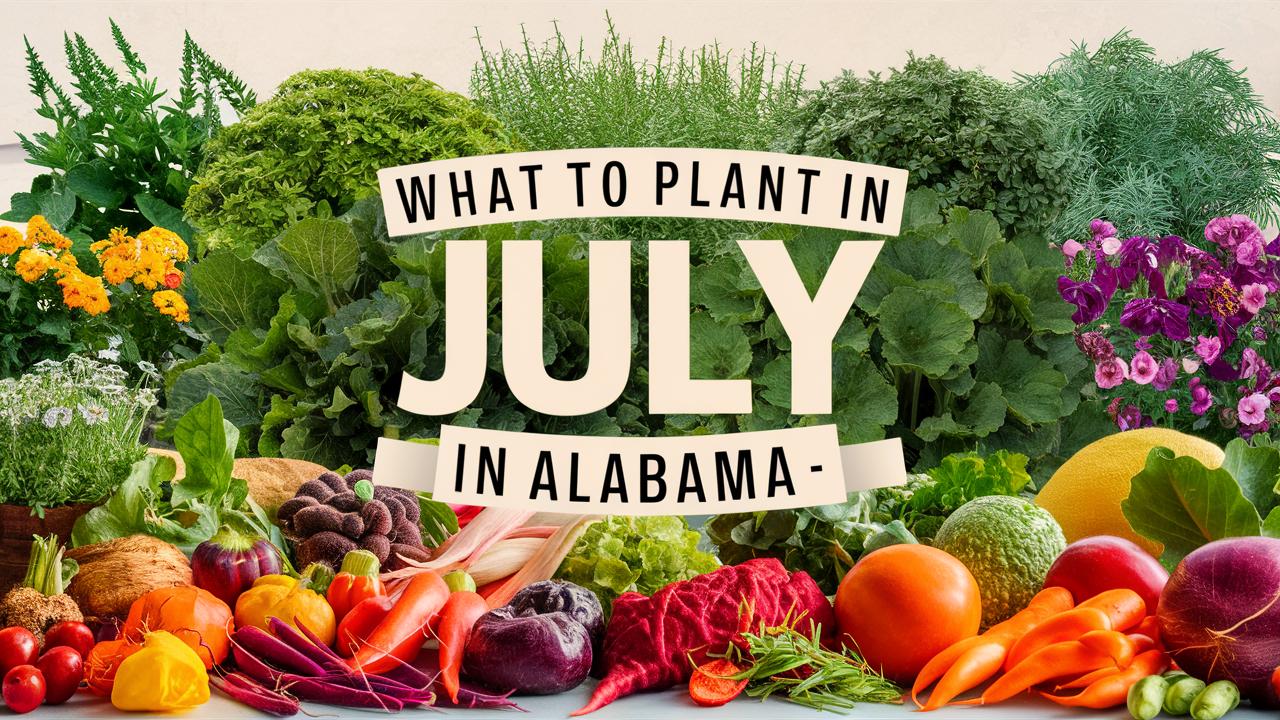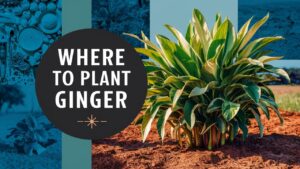Below are detailed insights into what to plant in July in Alabama.
Vegetables To Plant
July is a pivotal month for planting a second crop of vegetables in Alabama. While temperatures may be on the rise, there are numerous heat-resistant varieties that flourish during this time. Here are ten vegetables to consider planting in July.
Corn
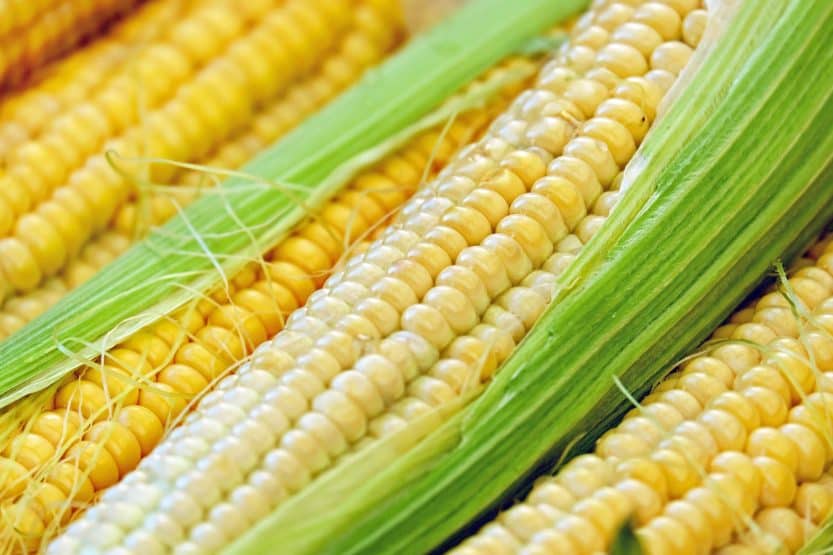
Corn is a classic summer crop that thrives with plenty of sunlight and heat. In Alabama, late June to early July is the optimal window for sowing corn. It typically requires temperatures between 60°F and 95°F for germination and growth. In the 7b and 8a zones, sweet corn varieties can be sown now to take advantage of the warm soil, yielding a mature harvest by the fall.
Cucumbers
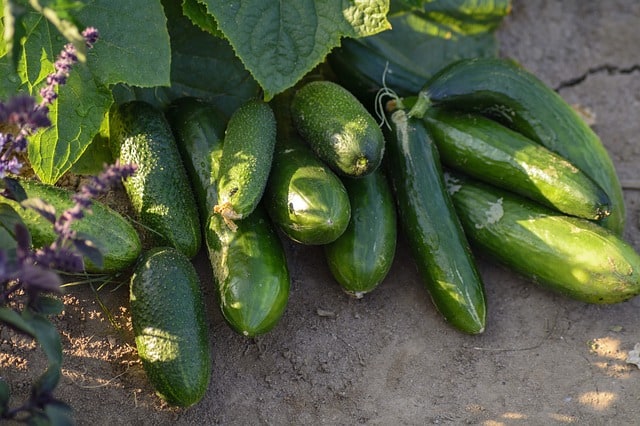
Cucumbers can be sown from April through late July in Alabama. These heat-loving plants prefer temperatures between 70°F to 95°F. By planting cucumbers in July, you can expect a second flush of harvest before the fall. Choose fast-growing varieties like “Straight Eight” or “Marketmore” to maximize production. Make sure to provide ample water, as cucumbers need consistent moisture to thrive.
Southern Peas
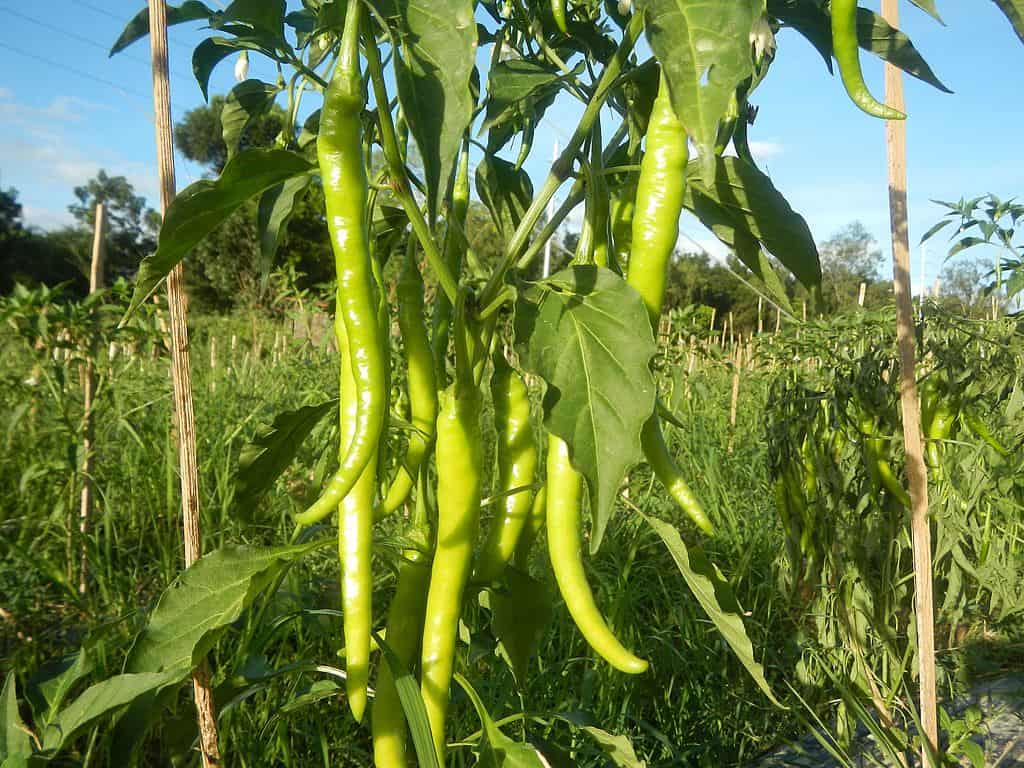
Southern peas, including black-eyed peas, are a staple in Southern gardens and can be planted from April to early August. They thrive in warm temperatures (65°F to 95°F) and are drought tolerant as well. July planting allows these legumes to flourish in the heat, providing excellent yields. Southern peas are also beneficial for soil health, as they fix nitrogen.
Okra
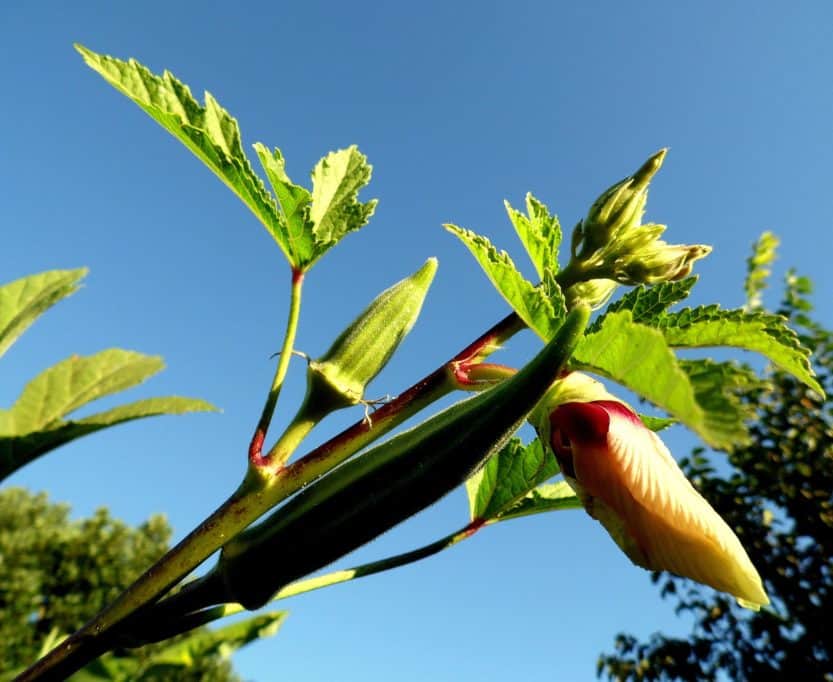
Okra loves the heat and can be planted from the end of April to mid-August. As a sun-loving plant that thrives in temperatures around 75°F to 95°F, July is a suitable time for planting the seeds directly in warm soil. Varieties like “Clemson Spineless” are popular for their easy harvesting and prolific production. Regular watering will help prevent the pods from becoming woody.
Snap Beans
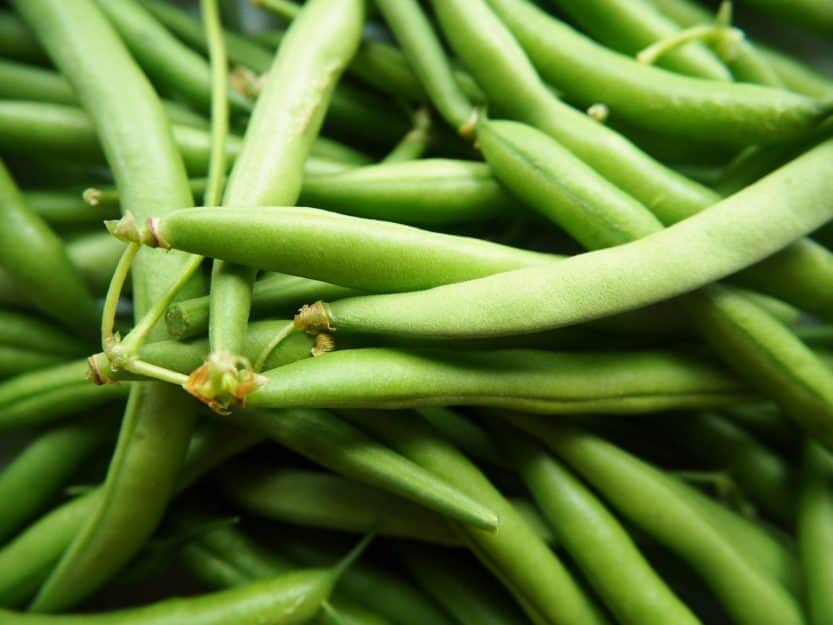
Snap beans can be sown until late July in Birmingham and other areas of Alabama. These plants prefer temperatures between 65°F and 85°F, taking about 50-60 days from planting to harvest. Consider bush varieties like “Blue Lake” for a longer growing season. They also contribute to soil health and can produce a good yield before fall.
Summer Squash
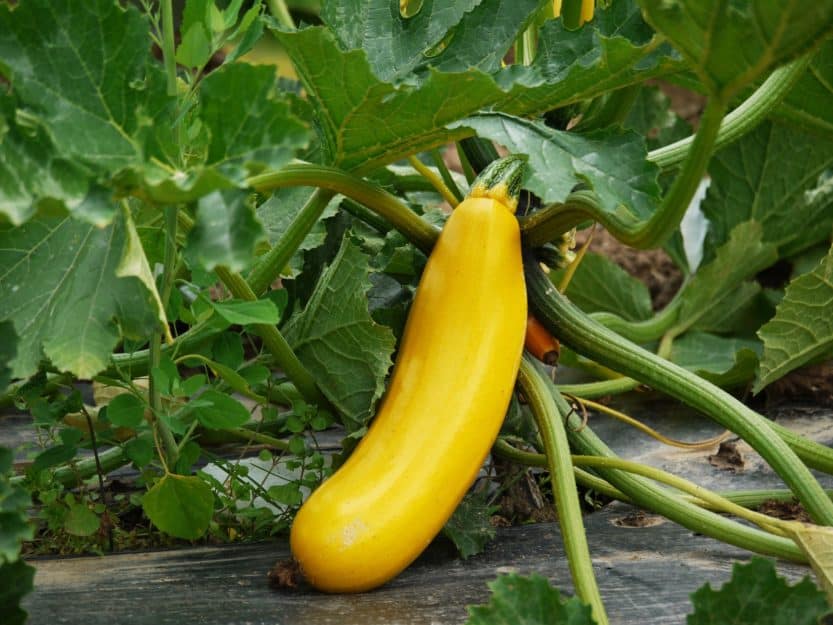
Zucchini and yellow squash are ideal for a July planting, with a growing season of about 50-70 days. They thrive in hot weather, preferring temperatures of 70°F to 90°F. There are various summer squash varieties suitable for this timeframe, such as “Black Beauty” and “Cocozelle.” Make sure to provide plenty of space for these plants to spread out as they mature.
Bell Peppers
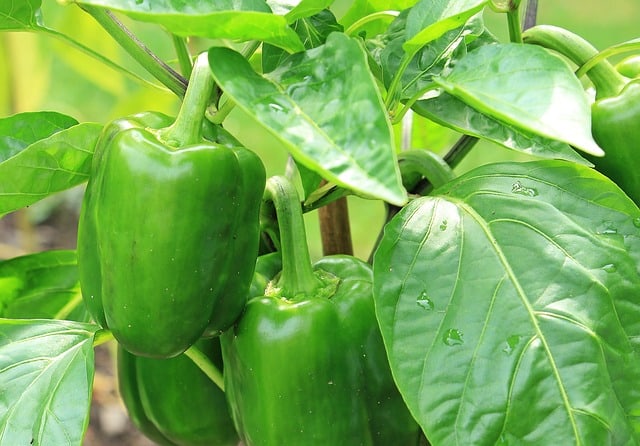
While bell peppers generally prefer earlier planting (March to June), July is still a good time to plant late-maturing varieties, especially in the warmer regions of Alabama. They do best in warm soil with daytime temperatures around 70°F to 90°F. Transplanting established seedlings in July can lead to a productive fall harvest when the temperatures begin to cool slightly.
Eggplant
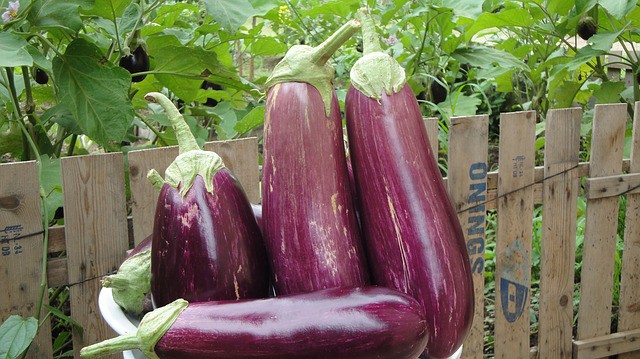
Eggplant thrives in hot weather, making July an excellent time to plant. They need a minimum temperature of 70°F for optimal growth and can tolerate up to 95°F. Begin by sowing seeds indoors and then transplant them to the garden around mid-July for a late summer harvest. Varieties like “Black Beauty” are popular among gardeners for their bounty.
Radishes
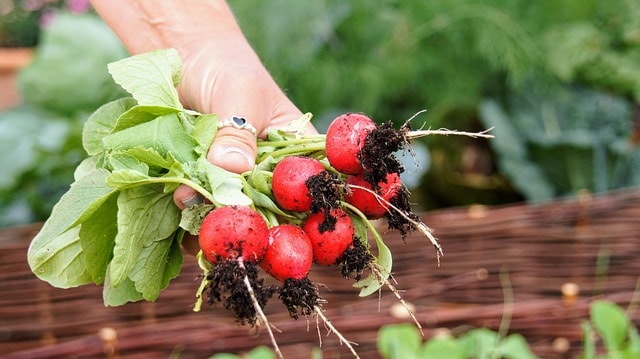
Radishes can be sowed in early July for a quick turnaround. They germinate best in cooler soil, but they will still flourish in the warmer parts of Alabama in July. Varieties such as “Cherry Belle” have a fast maturation period (approximately 30 days), making them a fun crop that can be sown successively to enjoy fresh radishes throughout the summer.
Pumpkins
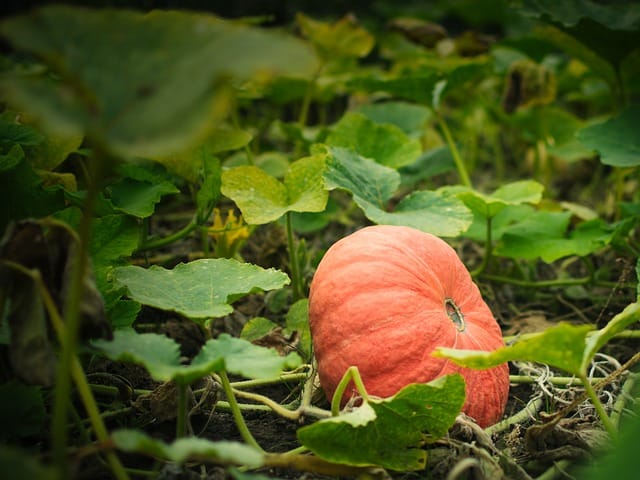
July marks the beginning of the planting season for pumpkins if the variety selected has a shorter growing season (approximately 90 days). They thrive in warm soil with temperatures of at least 70°F. By choosing smaller varieties, gardeners can still get a successful harvest by Halloween. Ensure proper spacing and frequent watering for optimal results.
Flowers To Plant
In July, gardeners in Alabama can enhance their landscapes with bright summer flowers that love the heat. Here are ten flowers to plant that will provide vibrant color and blooms as the summer progresses.
Zinnias

Zinnias are resilient flowers that tolerate heat and drought, making them a perfect choice for July planting in Alabama. These colorful blooms come in a variety of heights and colors, and they thrive in full sun and well-draining soil. Start seeds directly in the garden for continuous blooms throughout the summer and into early fall.
Sunflowers

Sunflowers are another excellent plant for July. These hardy annuals thrive in full sunlight and love warm temperatures. Plant seeds maybe 1-2 inches deep in well-drained soil, and you can expect them to grow vigorously, reaching upwards of six feet in height. They add a striking vertical element to gardens and attract pollinators.
Cosmos

These charming wildflowers will add a beautiful touch to any garden. Cosmos can be planted in July and thrive in hot summer temperatures. They prefer well-drained soil and full sun, and their delicate flowers come in shades of pink, white, and purple. Moreover, they are easy to grow and require minimal maintenance, making them ideal for novice gardeners.
Marigolds
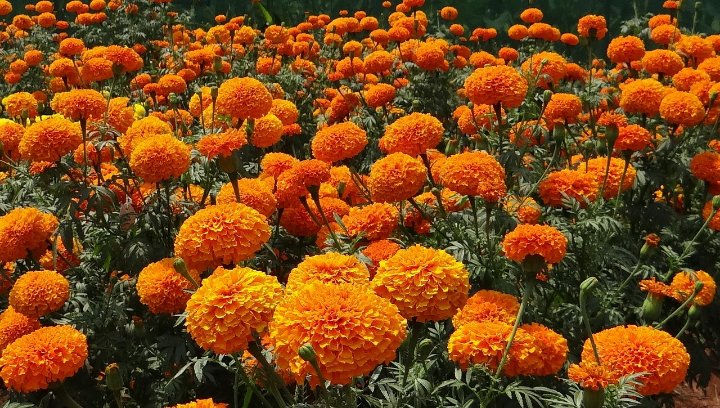
Marigolds are not only vibrant in color but also offer pest deterrent properties, making them excellent companion plants for vegetables. Best planted in full sun, they thrive in temperatures from 70°F to 90°F. Starting them in July allows for continuous blooms that last until the first frost, adding cheerfulness to any landscape or vegetable garden.
Black-Eyed Susans
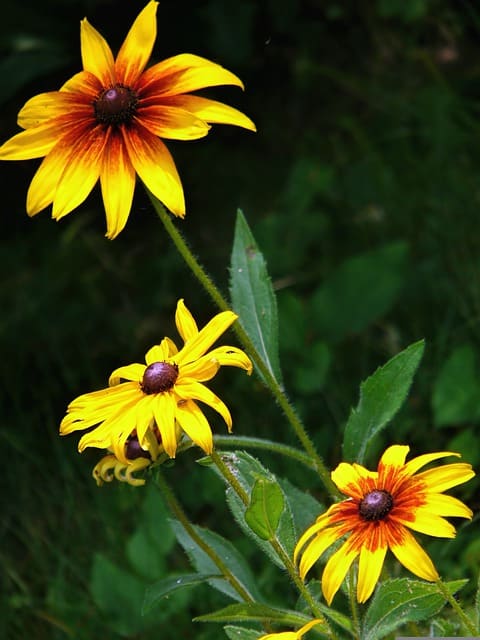
These perennial flowers thrive in heat and can be planted in July. They require at least six hours of full sun and well-drained soils. Black-eyed Susans are drought-tolerant and bloom from summer into fall, providing bright yellow-gold flowers that attract butterflies and other beneficial pollinators.
Lantana
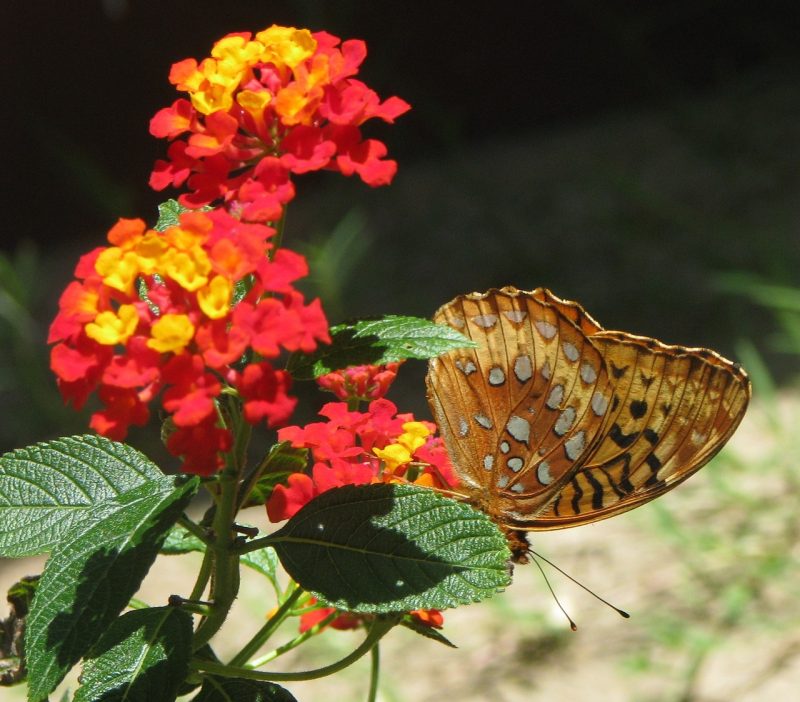
Lantana is a blazing, drought-tolerant plant that provides color and attracts butterflies and hummingbirds. This heat-loving perennial can be planted directly in the ground in July for fast growth. Lantana’s vibrant flowers come in various shades, from yellow to magenta, providing lasting color through late summer.
Portulaca (Moss Rose)
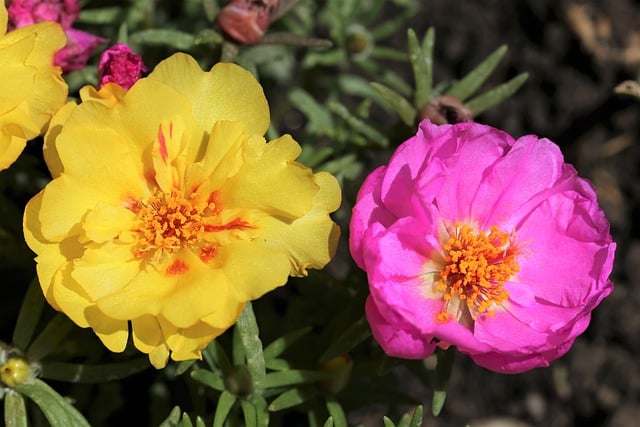
Portulaca is a resilient drought-tolerant flower that can easily thrive in the hot Alabama sun. It blooms in vibrant colors and requires minimal care. Plant the seeds in sandy soil with good drainage, and enjoy their resilience and beauty in rock gardens or along borders throughout the hot months.
Salvia
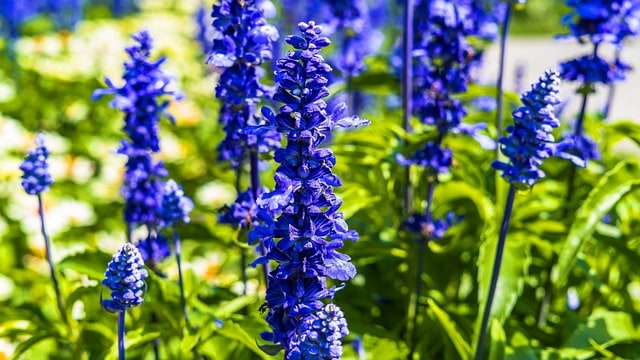
Salvia varieties such as “Victoria Blue” are excellent for July planting in Alabama gardens. They are drought-resistant, heat-tolerant, and attract hummingbirds and butterflies, making them a lovely addition. Salvia grows well in full sun and can tolerate a variety of soil types, blooming profusely from summer through fall.
Coneflowers
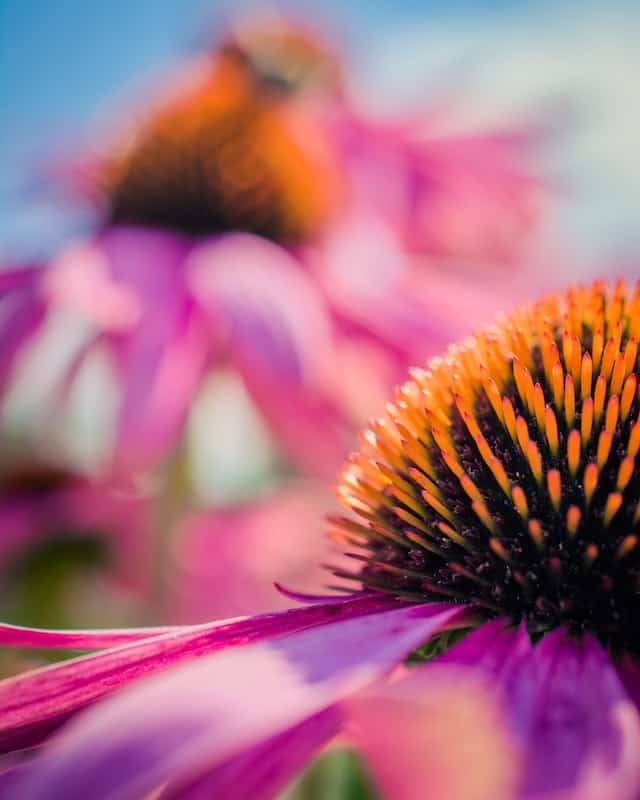
Coneflowers, or echinacea, thrive in the heat of summer and bloom profusely during this time. They are drought-resistant once established and can be planted in July for beautiful flowers that will last until fall. The colors range from purple to white, pink, or even yellow, attracting many pollinators to your garden.
Petunias
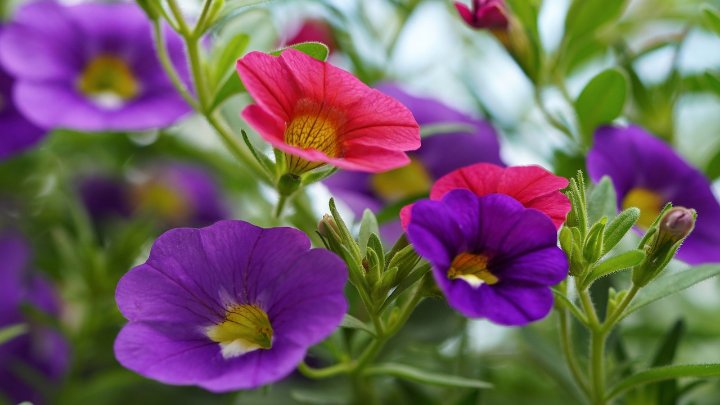
While typically planted in spring, petunias can still be planted in July for late summer color. They thrive in full sun and come in various colors. Regular deadheading will promote continuous blooms, providing ongoing beauty to any garden until the first frost.
Herbs To Plant
Herbs are a wonderful addition to any garden and can be adjusted based on the season. July provides an excellent window for planting heat-tolerant herbs that will enhance your culinary experiences. Here are ten herbs to consider.
Basil
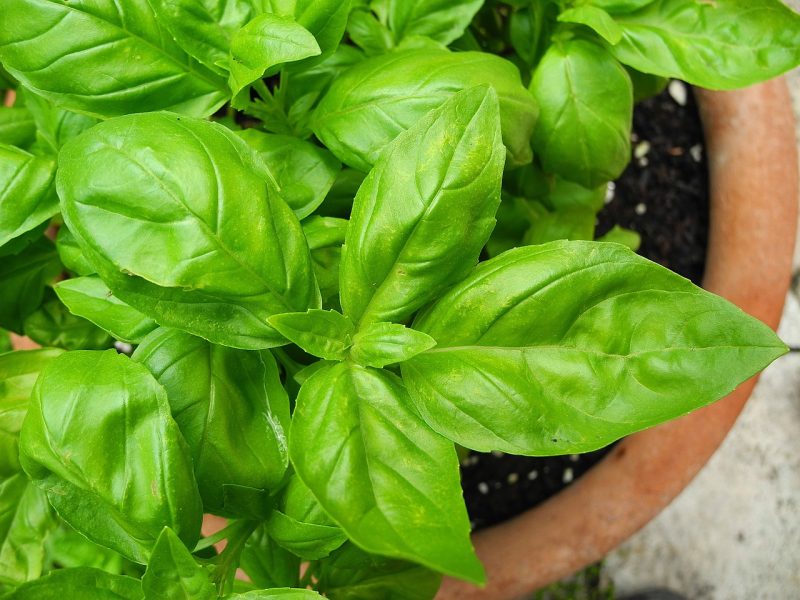
Basil is a summer favorite and can be planted in July for a late-summer harvest. This herb thrives in warm temperatures, ideally between 70°F and 90°F, requiring full sun for at least six hours daily. You can enjoy fresh basil for salads, pestos, or garnishing dishes if you plant it early enough before the first frost.
Cilantro
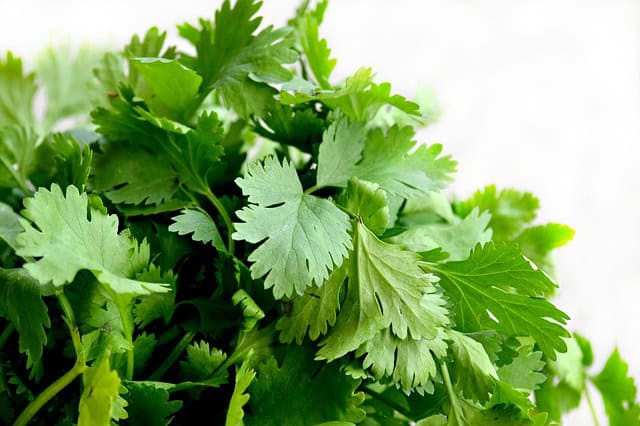
Cilantro, also known as coriander, usually prefers cooler conditions but can be planted in July for those in the warmest regions. Cilantro seeds can germinate in temperatures between 70°F and 85°F. For those with some shade in their garden, planting cilantro in July can yield fresh herbs to accompany various dishes.
Dill
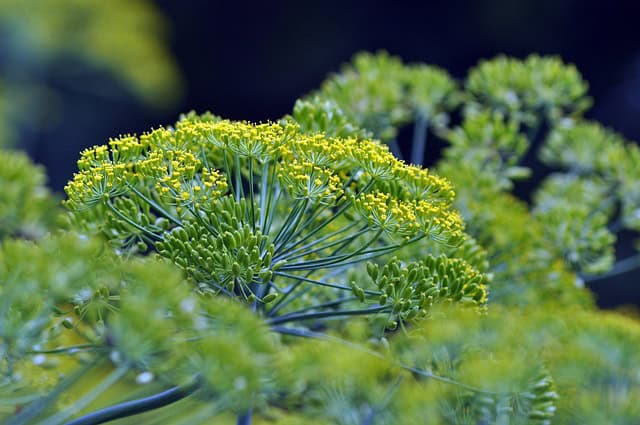
Dill can be sown up to late July for a fall harvest. This annual herb prefers full sun and moderately warm temperatures, ideally around 70°F. Dill grows well in various soils but thrives with good drainage, and its feathery fronds are excellent for flavoring dishes and supporting beneficial insects.
Parsley
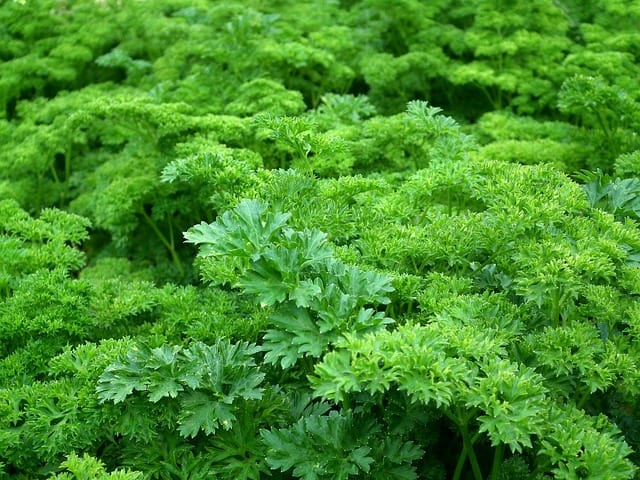
Parsley can also be planted in July, especially if you’re looking for fresh garnishes during the fall months. It prefers a sunny location and grows well in temperatures between 60°F and 75°F. Parsley is a biennial herb, meaning it can last well into winter if conditions are right, providing fresh flavors for your cooking.
Oregano
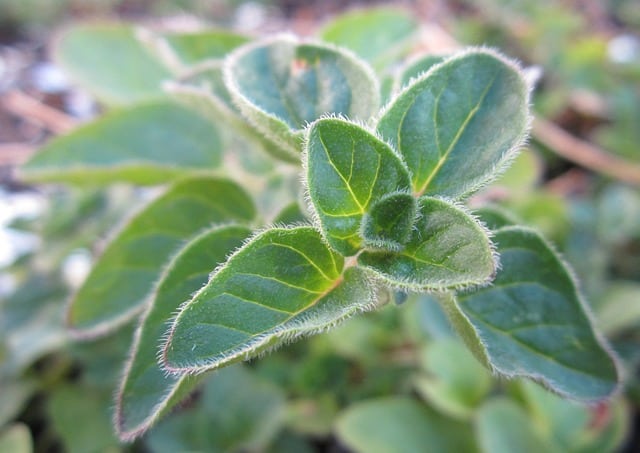
Oregano is a hardy perennial that loves the heat. You can plant it in July in warm soil, and it will thrive well into the fall. The warmth of the summer months helps to enhance the flavor of this culinary favorite. Full sun and well-drained soil are key requirements for optimal growth.
Thyme
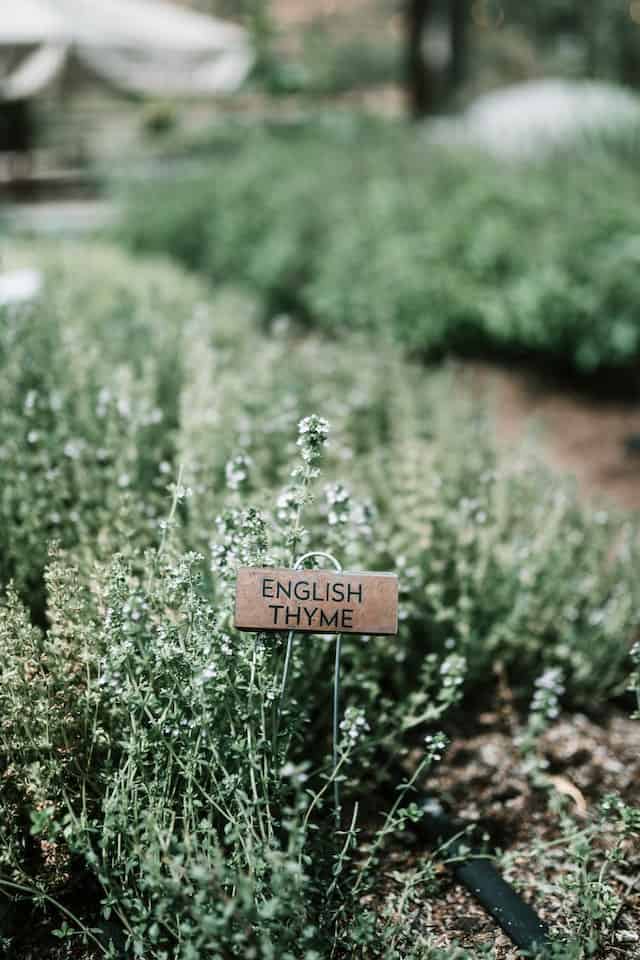
Thyme is another heat-loving perennial herb perfect for July planting. It thrives in well-drained soil and full sun, and in Alabama, this herb can produce lush growth in the summer heat. Not only does it have culinary uses, but its tiny flowers also attract pollinators to your garden.
Chives

While ideally planted in early spring, chives can be planted in July for late summer growth. These perennial herbs thrive in full sun and require well-drained soil. Chives are resilient and can be harvested throughout the season, offering a mild onion flavor that enhances many dishes.
Mint
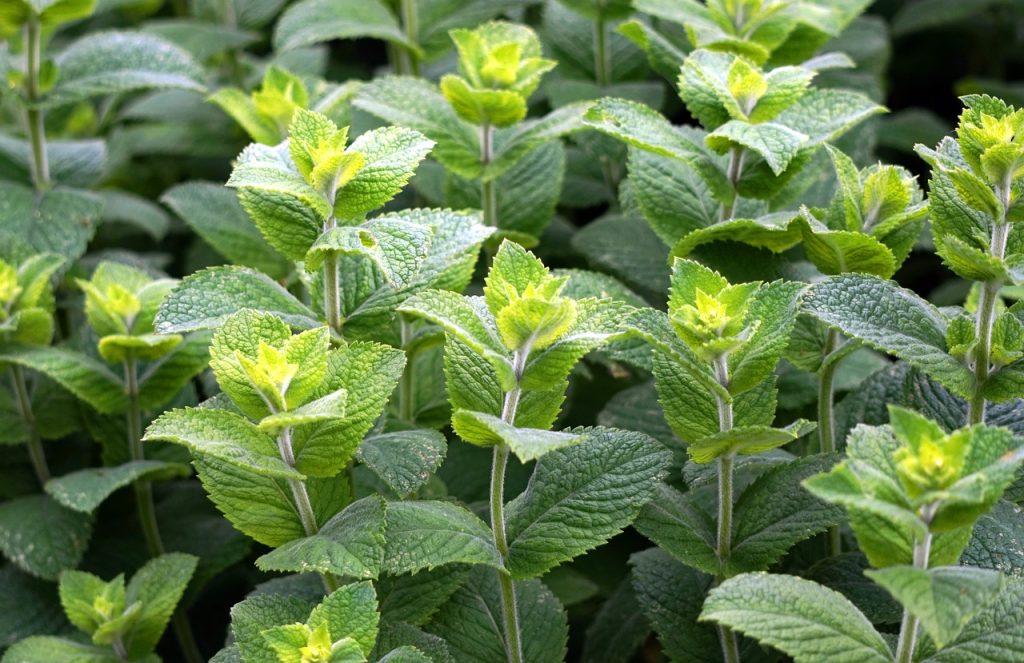
Mint can grow well during hot summer days, making it suitable for July planting. Its invasive nature means it’s best grown in pots to control its spread. Provide ample moisture and ensure it has partial shade during the hottest part of the day to keep the leaves lush and flavorful.
Rosemary
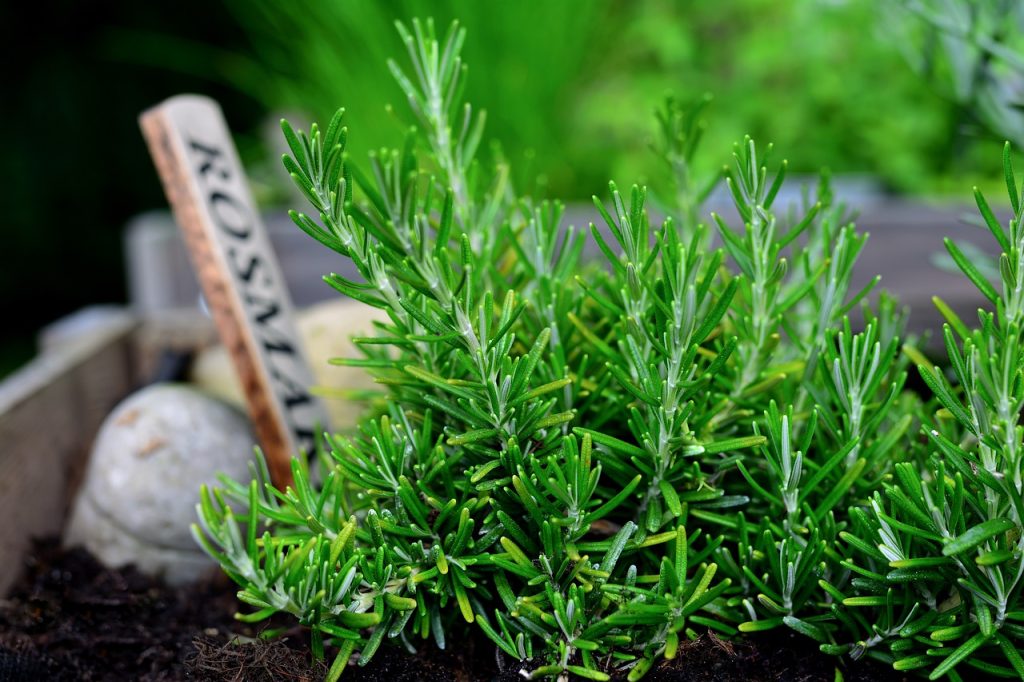
Rosemary loves the heat, making it perfect for planting in July. With its aromatic leaves used in cooking, rosemary thrives in well-draining sandy soil and requires full sun. Once established, this hardy perennial can be harvested regularly and adds flavor to various dishes.
Sage

Sage is a drought-tolerant herb that can be planted in July. This perennial thrives in full sun and prefers well-draining soil, doing best in temperatures ranging from 60°F to 80°F. Sage also provides a lovely texture in the garden with its fuzzy leaves and beautiful flowers.
Landscape Plants To Plant
Finally, designing a landscape in July means considering plants that not only thrive in the heat but also add character and beauty to the outdoor space. Here are ten landscape plants suitable for July planting.
Crepe Myrtle
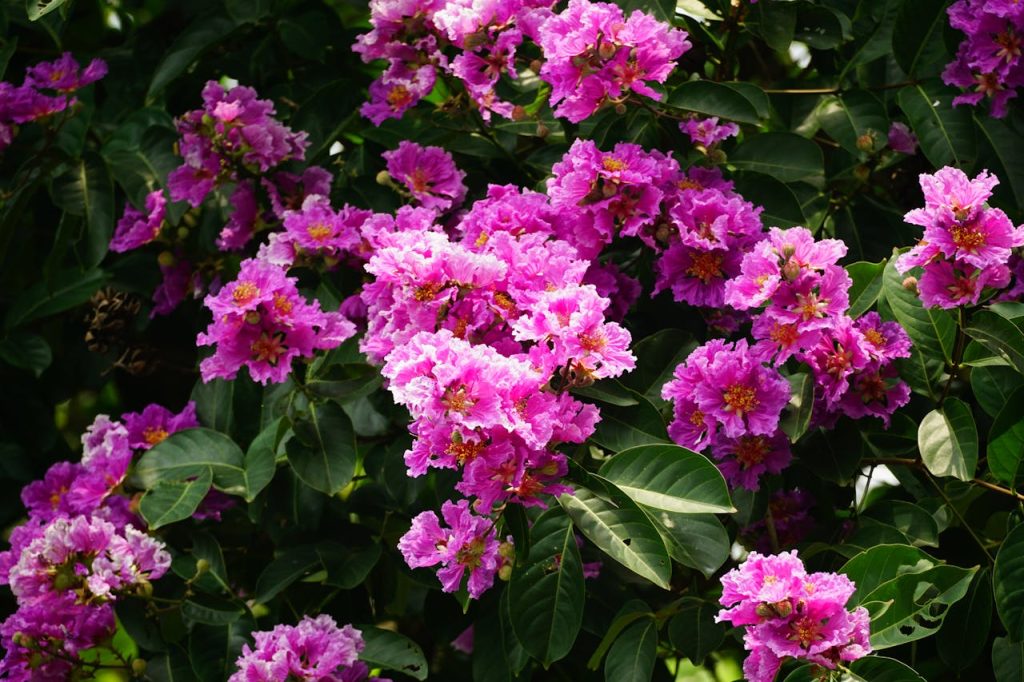
Crepe myrtle trees and shrubs thrive in the heat of summer and provide stunning blooms throughout the months. Planting them in July means you can enjoy their showy flowers, which come in various colors from white to pink and purple. They are hardy and drought-resistant once established, making them perfect for the Alabama climate.
Lantana

As both a flowering plant and landscape staple, Lantana is tough and thrives in hot weather. With many color variations, it attracts butterflies and pollinators while adding vibrancy to any landscape. Planting in July ensures strong growth as the summer progresses, creating a colorful display.
Azaleas
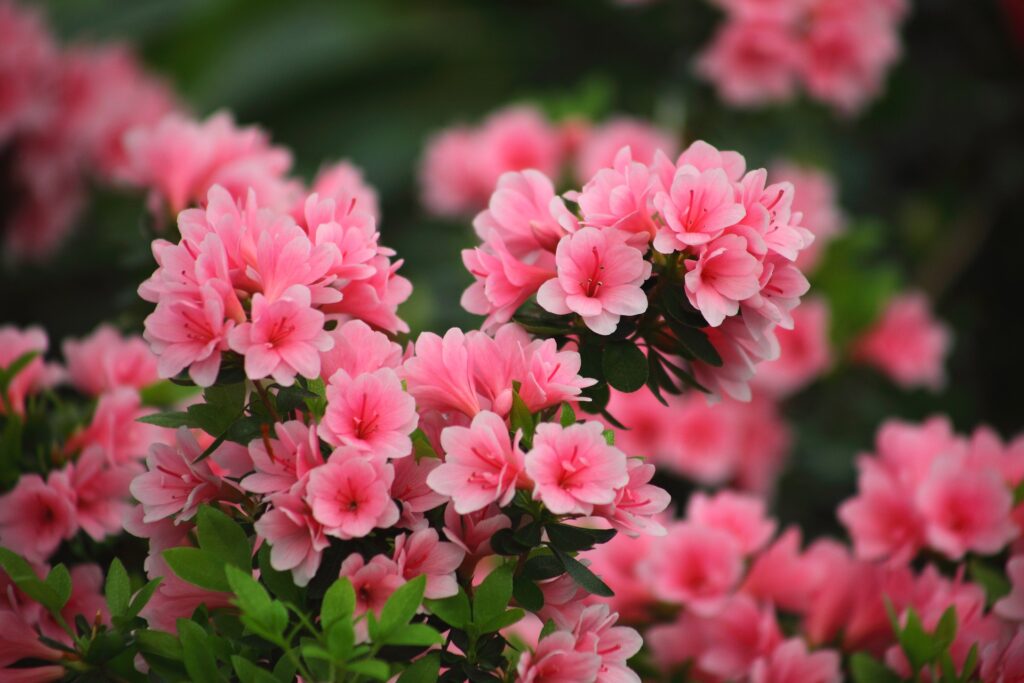
While azaleas generally prefer to be planted earlier in the year, fall-blooming varieties can be planted in July for a flush of color in the fall months. Azaleas thrive in partial shade to full sun and prefer well-drained acidic soils, making them a graceful addition to any landscape.
Boxwood
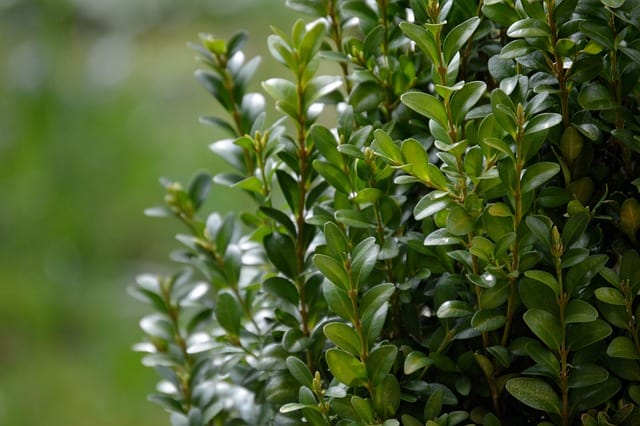
Boxwood is a hardy evergreen that can be planted in July for lush greenery year-round. These shrubs prefer well-drained soil and can tolerate heat, making them suitable for the summer heat in Alabama. Boxwoods can be shaped and pruned, making them excellent for formal gardens and borders.
Daylilies
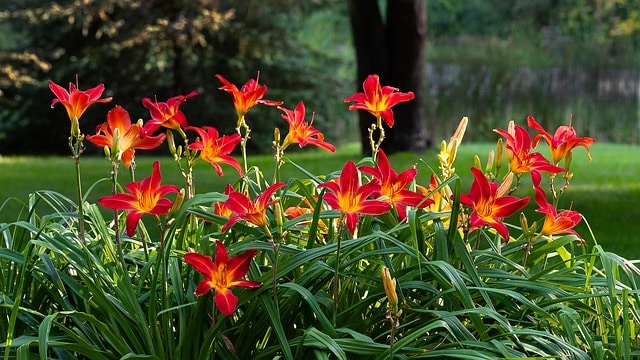
Daylilies are robust perennials that excel in July planting. These resilient plants require minimal care and can tolerate varying soil types and heat. Blooming in vibrant colors, daylilies add beauty to landscapes and are long-lived, providing blooms throughout summer.
Butterfly Bush
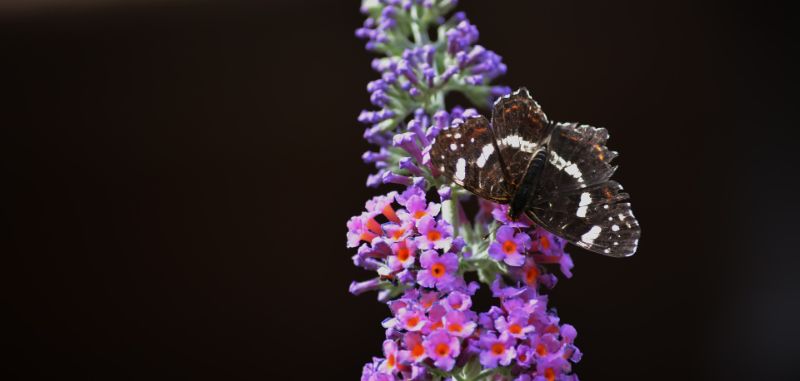
The butterfly bush attracts numerous pollinators and is well-suited for planting in July. It thrives in warm temperatures and blooms profusely throughout the summer with vibrant flowers. Plant it in a sunny location in well-drained soil for optimal growth, ensuring you attract butterflies to your garden.
Japanese Maple

While these stunning trees prefer early spring planting, July is still viable for established specimens. Japanese maples add elegance to any yard, providing captivating foliage. In Alabama, selecting varieties resistant to heat is essential. They typically thrive in partial shade and make an excellent focal point in the landscape.
Juniper
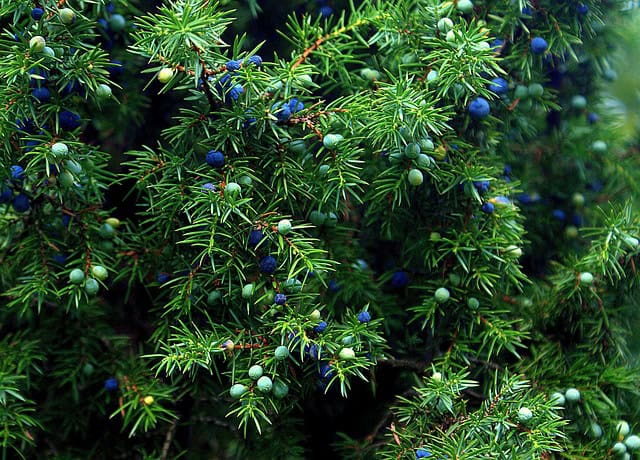
Junipers are hardy evergreen shrubs and can be planted any time of year, including July. These drought-tolerant plants come in many shapes and sizes, making them versatile for landscapes. They thrive in well-drained soils and can add structure and year-round interest to gardens.
Giant Miscanthus
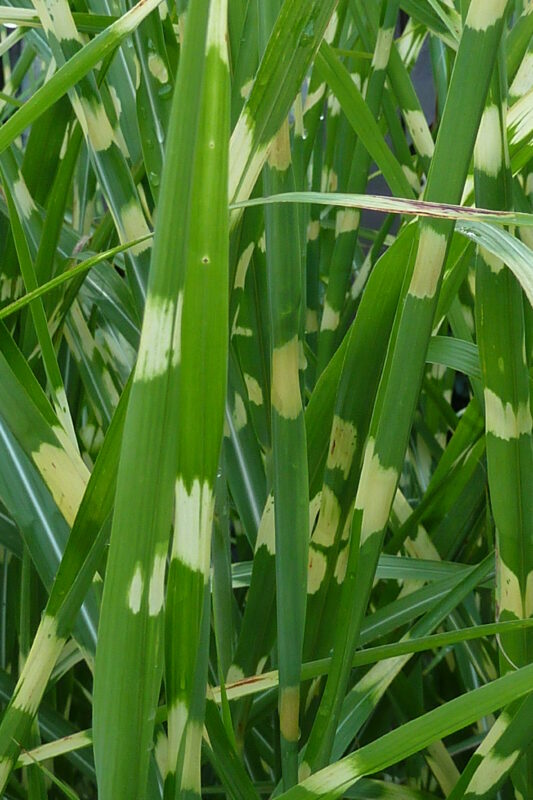
Giant miscanthus is a popular ornamental grass for those looking to add texture and movement to their landscape. They excel in full sun and drought conditions, making them ideal for Alabama’s hot summers. Miscanthus can be planted in July and can grow up to 8 feet tall, creating an impressive natural screen.
Sweetgum Tree

Sweetgum trees thrive in warm climates and can be planted in July for those looking to establish shade. With star-shaped leaves that turn spectacularly in the fall, they add beauty to any landscape. They prefer full sun and are tolerant of a variety of soil types once established.


